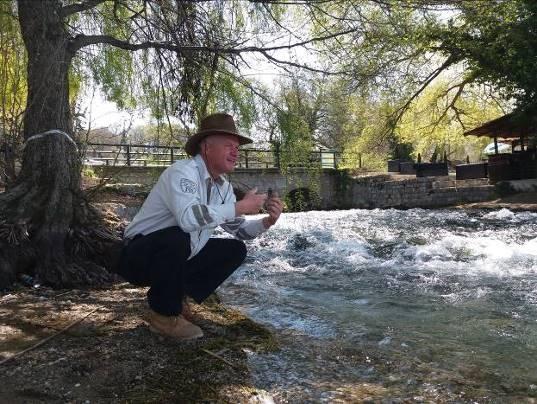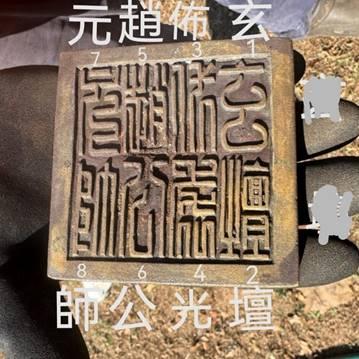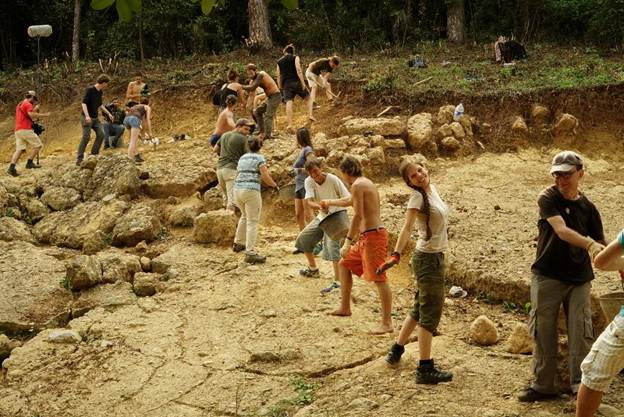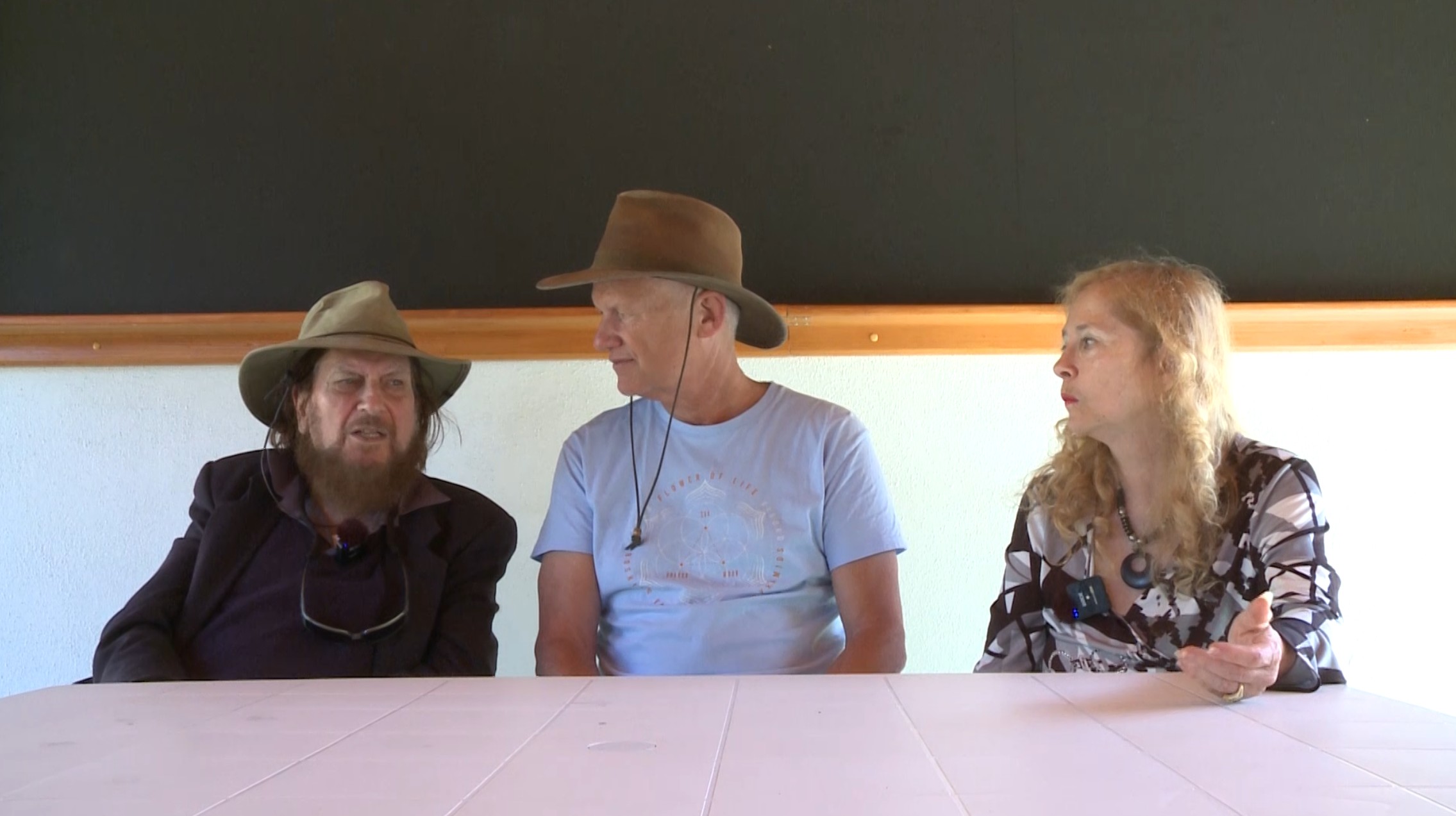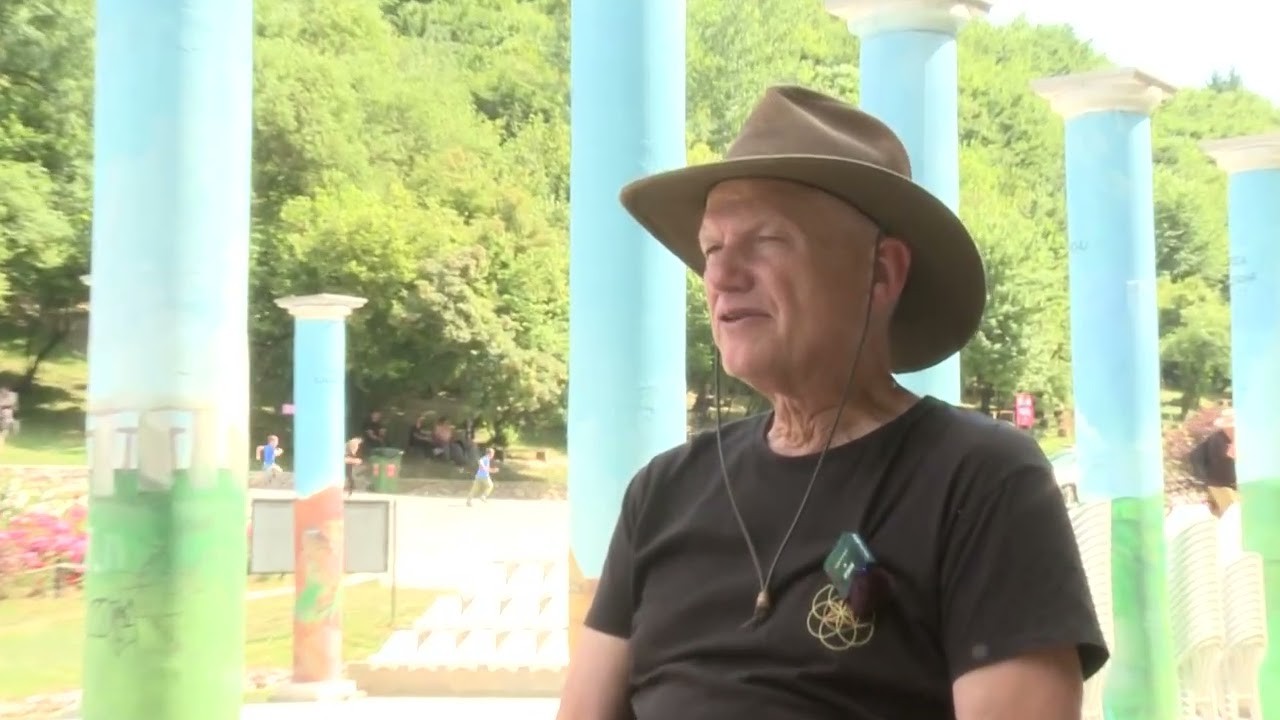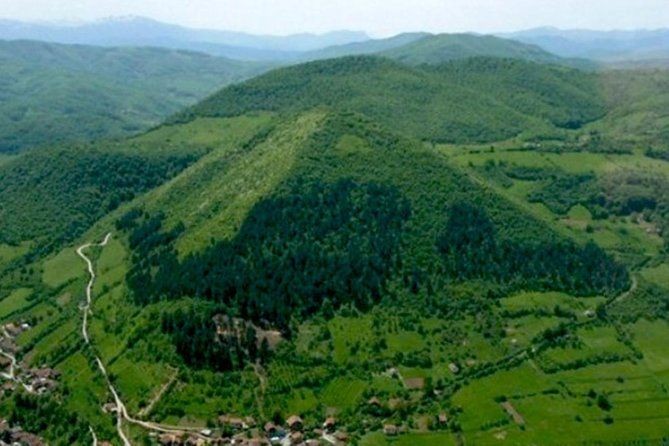Written by: Dr. Sam Osmanagich
St. Naum, Macedonia
April 2017.
The gorgeous Ohrid Lake is shared between Albania and Macedonia. In the vicinity of the borderline, the river Crni Drim is the biggest source of the cold and clear water flowing into the lake. There are, also, the river Bijeli Drim from the Albanian side and 30 underground and 15 surface sources. At the Crni Drim’s mouth, there is a romantic little island with a big beach. On the high rocks, the St. Naum first built the monastery in the year 895 and the monastery church later in 900 a.d., dedicated to the St. Archangels Michael and Gabriel.
Anyway, St. Naum was born in the mid 9th century and he was the student of the Slavic teachers Saints Cyril and Methodius and the coeval and close associate of the St. Clement of Ohrid. This duo educated 3,500 monks and trained for the evangelization. It isn’t surprising that they became the saints in the Slavic tradition. They’ve developed the Cyrillic and Glagolitic language based on the Greek alphabet.
Of course, the time will judge how their role was educational for the Balkan natives.
During his life, Saint Naum worked on the evangelization of the Moravska, where he got chased away after the death of St. Methodius. He went to Bulgaria and soon after that, he went to Ohrid Lake. St. Clement became the Apostle in Ohrid, and Saint Naum established the monastery 30 km to the South. The original pillars under the ceiling of the today’s church have the writings from the 9th century, which testifies on the literacy and the mission he pursued.
He died in the monastery in 910 and buried there. Many years later, the Ottomans destroy the church, which was rebuilt in the 16th century. A lot of additions, fixes and restorations, resulted with today’s representative religious object which in 21st has become the museum tourist attraction with a hotel complex in the vicinity.
However, Naum’s bones are still under the ceiling of the church. They are considered to be miraculous.
While entering the small room, with the tombstone, the past time patina can be felt. A woman approached, kneeled, kissed the stone and prayed. In the folks, there is a legend that even today his bones are healing severe illnesses, especially the madness.
Also, it’s been said that it’s possible to hear the beat of Naum’s heart on his tombstone.
The biography of St. Naum shows that these stories aren’t without fundament. During his time he travelled to Rome and got famous for the miraculous power and great knowledge. He spoke many languages. His coevals write that the healing power of his eyes could be sensed. Apparently, the sick would heal if stared in the eyes of St Naum with the faith.
In his monastery on the Ohrid Lake, Saint Naum received many ill, miserable and unlucky people, and especially he helped the rejected, mental patients.
Centennial stone walls and the vicinity of the remains of St. Naum is the opportunity for me to relax and meditate.
MEDITATION
A little church, very modest, two rectangular shaped rooms, the middle part turned towards the today’s entrance. St. Naum had an older female which occasionally brought him food and assisted in needs. Later, after her death, local sheppard helped him with the food. Naum healed using herbs and prayers in combination. He saw the energy fields of the people. Some illnesses he didn’t heal, but he helped to alleviate the condition. When the armies passed and heard about him, they let him in peace. He loved to swim in cold, fresh water under the monastery.
***
St. Naum helped the people with the gentleness, care, honesty, dedication and compassion. It is the energy thread which over bridged the centuries and still, its touch can be felt on the Ohrid Lake shores.








